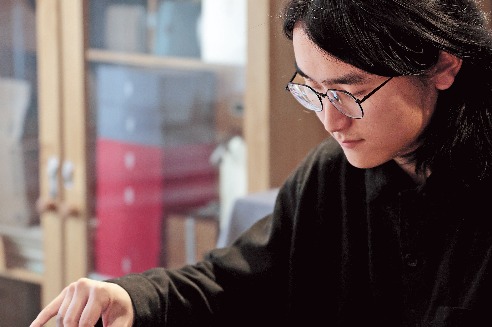Remembering young students the cities left behind


Despite teaching for more than 30 years, Zhong Weiping has only a total of about 100 students.
After the reform and opening-up in 1978, many rural farmers migrated to cities seeking better-paid jobs. As a result. the number of students in rural schools has seen a continuous and significant drop.
Zhong, 53, failed the Chinese college entrance exam 'goakao' in 1988, instead becoming a rural teacher in the primary school of Lanhe village in Tieli, Northeast China's Heilongjiang province after passing the recruitment examination.
"I wouldn't exactly call it a school," she says. "There was only a 20-square-meter room which was used as both a classroom and the teachers' office. All the students of different grades had to have class in the same classroom."
Zhong became the fourth teacher under the leadership of an old headmaster.
However, all three colleagues left one by one before the headmaster's retirement in 1990, leaving Zhong as the last and only teacher at the school.
"There were no more than 15 students in the school and at times there were only four students," she recalled. "I divided the blackboard into different parts for students in different grades and gave them lessons alternately. It was really difficult to effectively arrange a well-timed teaching syllabus."
Zhong lives in Xinyi village, 10 km away from the school. No matter how bad the weather is, she has cycled to work every day as there was no other choice - the children were her responsibility.
- Former official of sports body under investigation
- Australian publisher: We see young people naturally embrace Chinese culture
- Australian chamber official: Linyi offers vast opportunities for intl sourcing
- China enhances ability to monitor, forecast extreme weather
- China deepening global collaboration in meteorological governance
- Wondrous Xinjiang: Aquaculture thrives in China's Taklimakan Desert





































